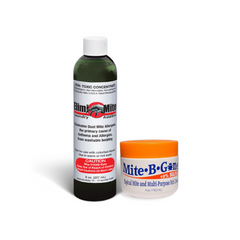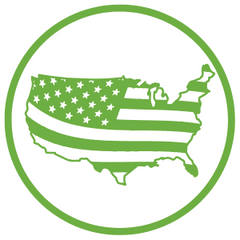The fall season is one that many folks look forward to, specifically for the relief from the sweltering summer heat and the change over to cooler temperatures. However, with this seasonal change comes the emergence of fall allergies.
Do Fall Allergies Exist?
The spring season isn’t the only time of year when plants can bloom—the main culprit: Ragweed, which begins its assault on the sinuses in late August. If you already struggle with springtime allergies, you can almost bet that you will grapple with fall allergies due to the blooming of ragweed.
How Do I Know If I Have Fall Allergies?
If you live in the South, you find out fast. It can be confusing because the slightest cold can have nearly identical symptoms. The typical signs and symptoms to look for when figuring out if you’re battling fall allergies or a cold are sneezing, sore or scratchy throat, and a stuffy or runny nose.
How Long Can Fall Allergies Last?
Fall allergies typically last until the first frost, which can be late October to early November in certain parts of the country. Coupled with the impending cold and flu season, battling fall allergies can become much more than sniffles and sneezes, making it seem never-ending.
How to Beat Fall Allergies.
Keep track of pollen count numbers and plan your exposure (time outdoors) accordingly. Changing your clothes and showering as soon as you get home after being outdoors also helps reduce exposure while indoors. Purchasing a HEPA air filter and keeping surfaces dusted can also help control the number of allergens brought in from outside.
Drinking lots of water and tea and adding in a supplement to help boost your immune system can help keep the immune system running in top shape and better fight off the symptoms of allergies.






